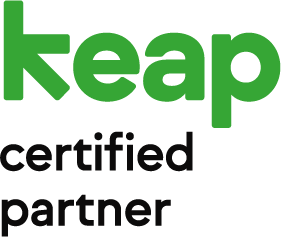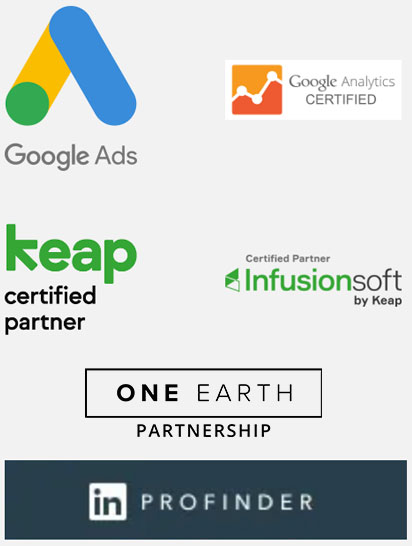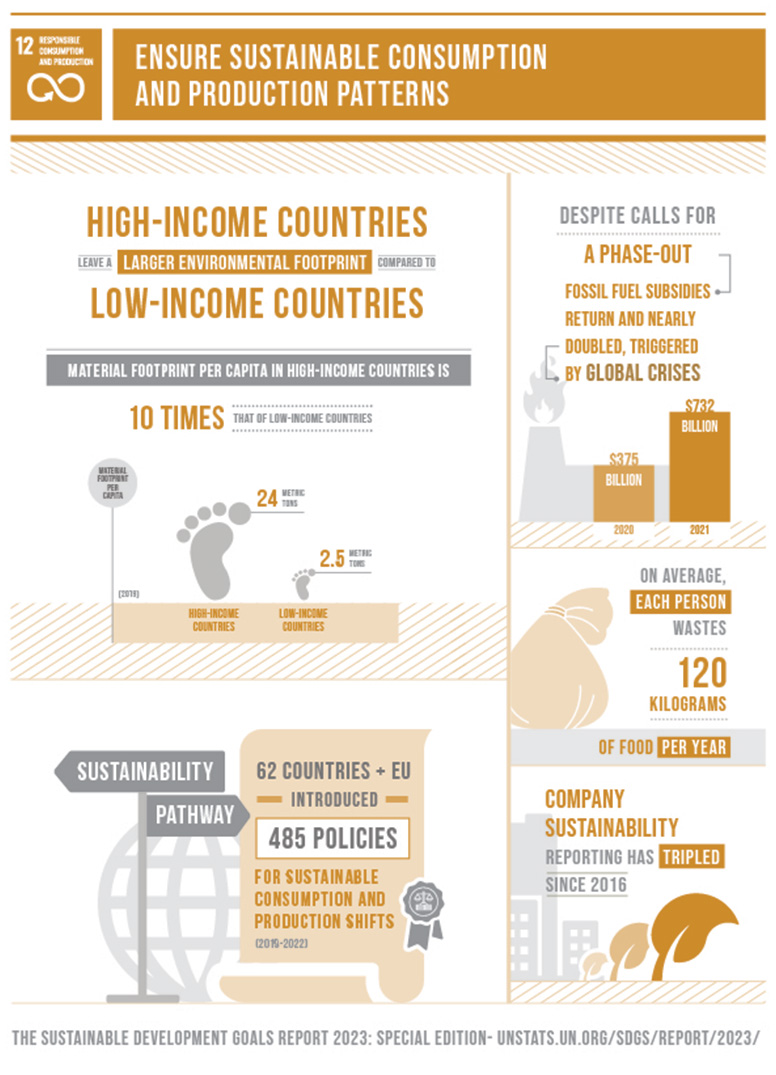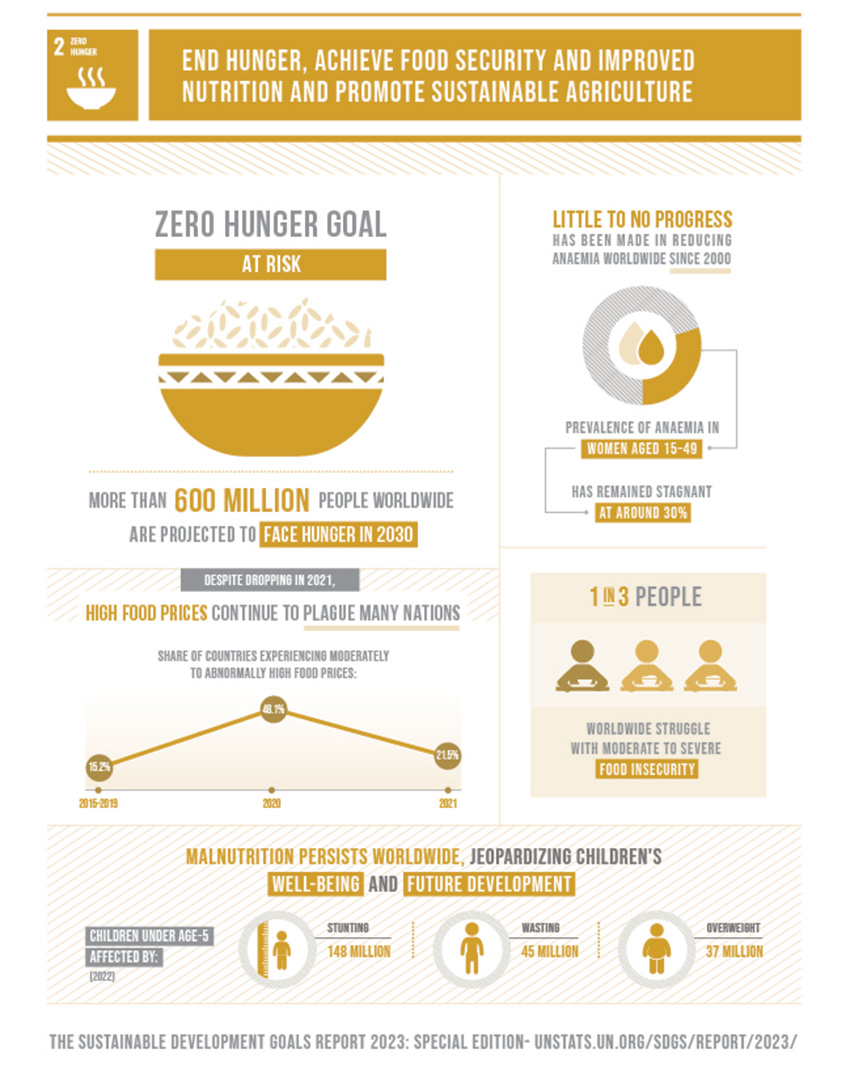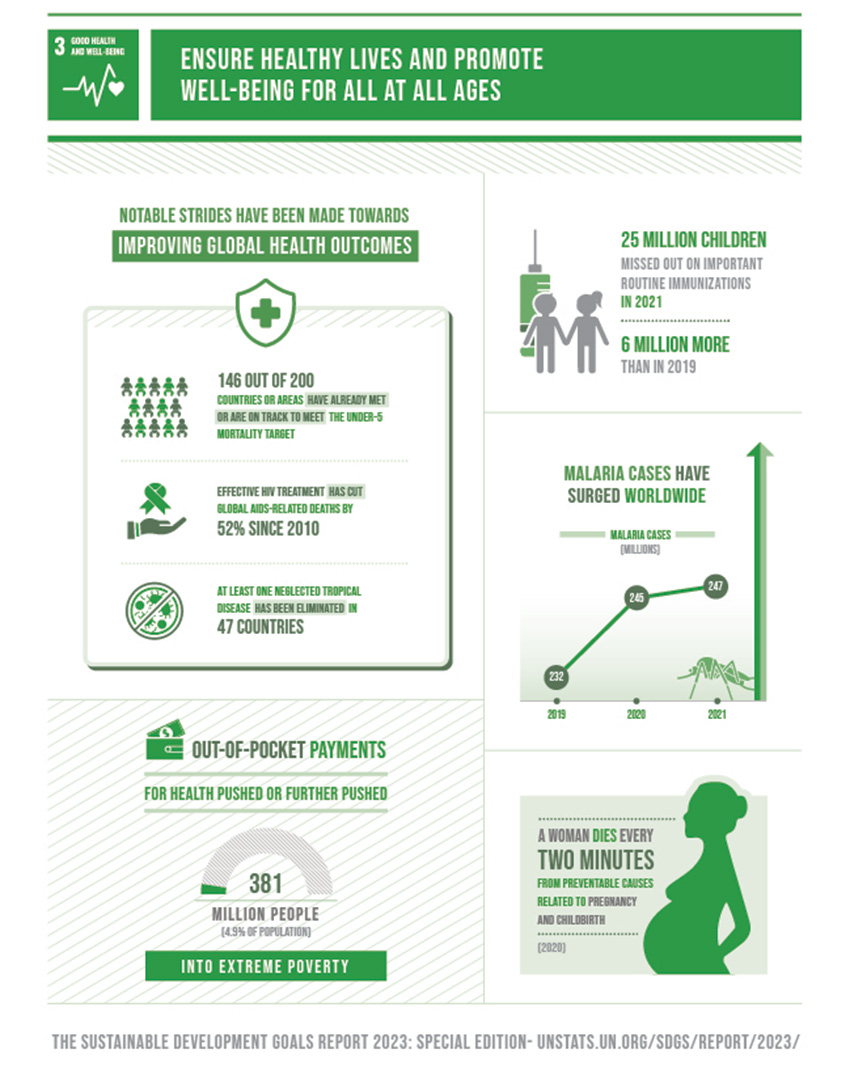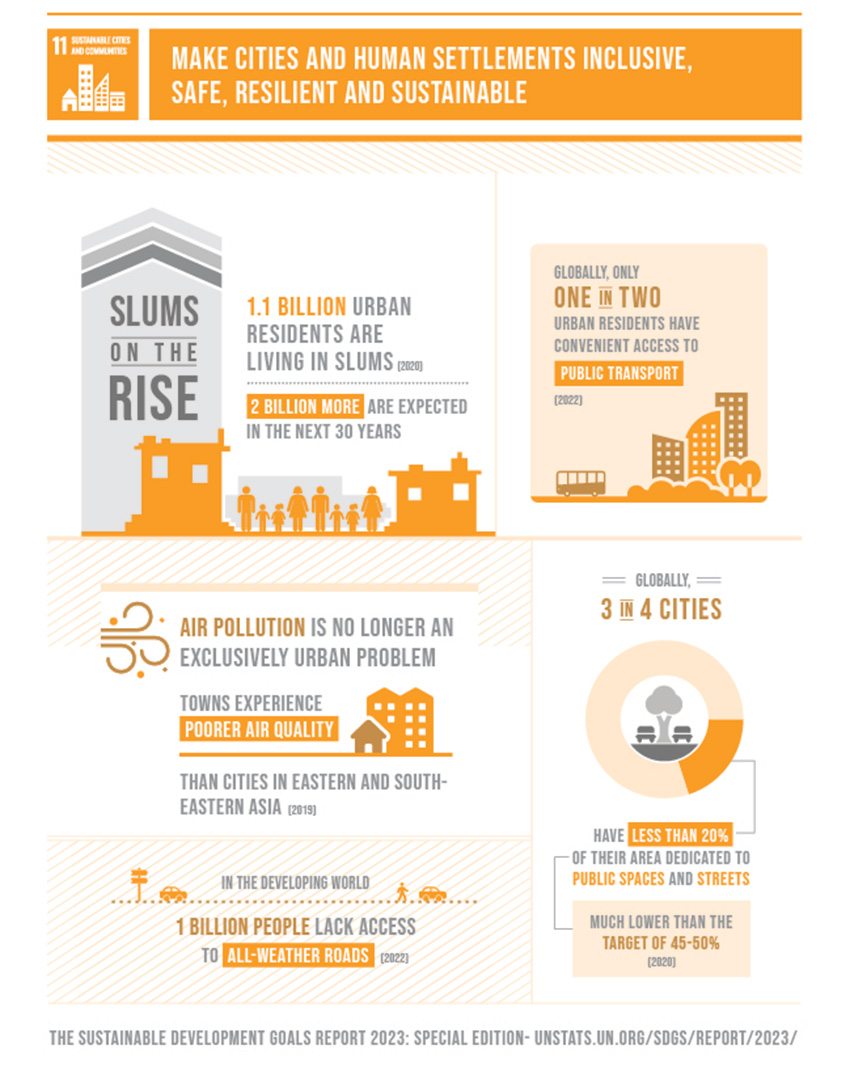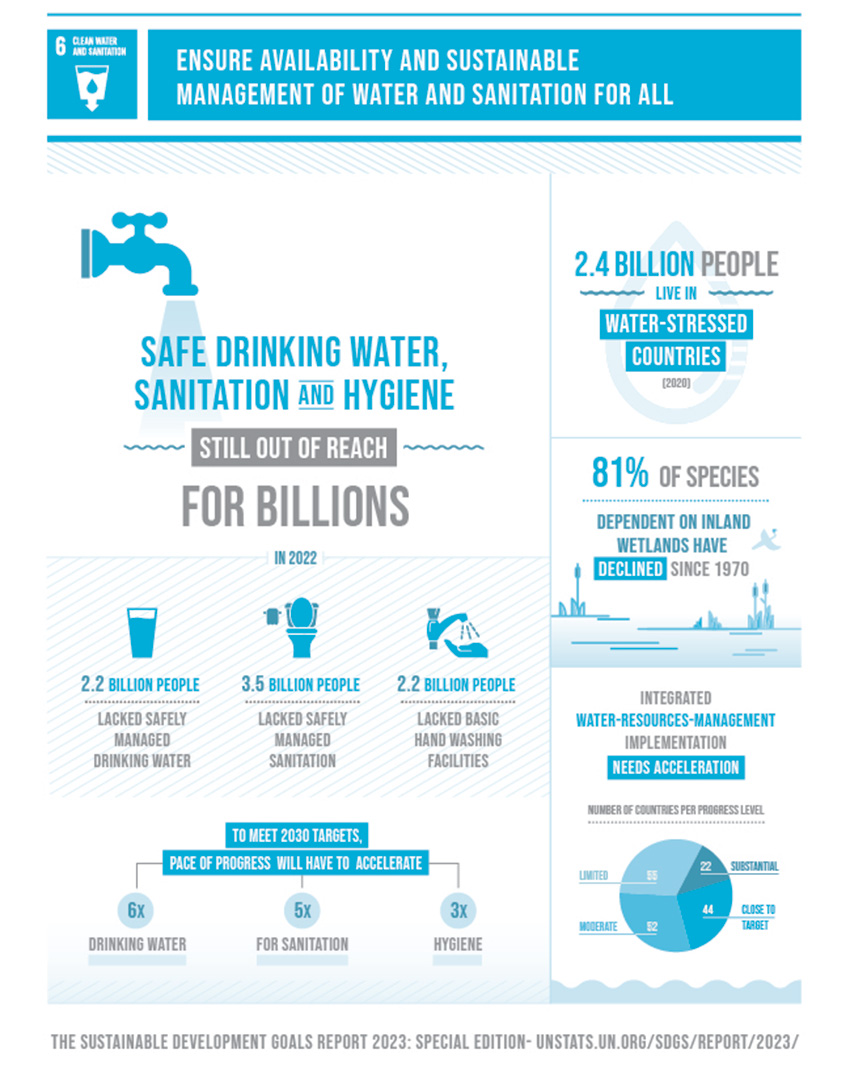
SEO can be a beast to tackle, especially when you have a million other priorities. However, there is value in taking time to improve SEO for your website. Making a few small additions can boost your ranking and put more eyes on your business. There are many aspects to SEO, so we’ve compiled the most essential ones you can nurture today to get you started. From content writing to fixing those 404 Errors, TruBrand is here to guide you every step of the way.
1. Valuable Content
The most important part of any website SEO is the content. Good content is built on the intention of providing your reader with valuable information. If all your content solely exists to promote your business, people will quickly lose interest, so it’s important to provide a sample of your expertise. Additionally you’ll want to include links to reliable and relevant websites as well as significant keywords. Even with those additions, the purpose of your website should always be to help the reader.
Here’s a quick checklist to keep in mind as you’re writing content:
- Does the content on this page meet a demand?
- Will the searcher be satisfied with what they find?
- Does it answer a commonly-asked question?
- Is the content linkable?
- Does it include keywords?
Additionally, check out this blog post about why you should have a company blog for a step by step guide on how to write SEO-boosting content for your business.
2. URL
Once you have solid content, you need to refine your URL structures. It’s always beneficial to have a default URL structure you use when creating new links. Your structure should include an informational hierarchy, meaning that the URL is chronologically structured in the same order these pages appear on your website. For example, if I were directing the user to TruBrand’s Marketing Services page, the URL would be structured as Homepage>Marketing Services Page because that’s how the user needs to click to get to that page. Using that order, the URL would appear as such:
https:// trubrandmarketing.com /marketing-services/
It’s much easier to navigate a URL that is human-readable. Avoid creating URLs that look like this:
https:// trubrandmarketing.com /title/38746182/
Remember, the key to good website SEO is providing the user with value. A collection of random numbers and letters won’t give your user an understanding of where they are on your website, so always make sure to keep the user’s navigation in mind when creating links.
3. Alt Tags
Search engines don’t have the same processing capabilities as the human brain, which is why we need to provide written context for each image uploaded to a website—also known as alt text or alt tags.
For example, most people can look at the image above and interpret it as a picture of a man viewing analytics on a computer, presumably SEO related. However, search engines don’t have the same interpretive skills that we do. That’s why you need to help them out by writing alt tags for each image uploaded on your website.
For the image above, the alt tag would read “Improve Website SEO Data” Alt text should always be simple, straight to the point, and under 120 characters.
4. Keywords
Keyword utilization is a vital part of boosting SEO. Since rankings for keywords tend to fluctuate, it’s important to research keywords on a regular basis and make the appropriate adjustments as keyword popularity shifts. It’s also incredibly beneficial to know which keywords your competitors are using to boost their ranking.
The best tool for this kind of research is Moz. Moz compares similar keywords to help you research which ones are being used by your competitors. It will also give you a sneak peek at which SEO tricks are helping them the most.
As a rule, you should always include keywords in the following places:
- Sprinkled throughout the body of the page
- 1 in the URL
- 1-2 in the title tag
- 1-3 in the meta description tag
- 1-2 in the alt tag
However, beware of keyword stuffing. Google penalizes websites for stuffing too many keywords into all the places listed above. If your content is becoming less about the reader and more about keywords, it’s time to revise. Google’s goal is to provide clear and organized answers for the searcher, and if your website doesn’t have the searcher in mind, you’re less likely to rank well. The best way to boost your ranking, as you know by now, is by providing valuable content.
5. 301 redirects
This is primarily bad for your website because Google keeps track of each time pages on your website pull up 404 Errors. The more error messages it displays, the more your SEO ranking drops. So how do you fix the problem? 301 redirects!
While you can’t take down the original link, you can “redirect” it to another page on your website (check out this blog post all about fixing 404 errors for more detailed instructions). For example, if you uploaded a PDF to your website which was later taken down, you would need to redirect the PDF’s link to another page on your website, such as the Homepage. In this part of the process, you want to make sure you’re redirecting your old link to the next most relevant page.
Using a kombucha company as an example—if the PDF was titled “The Best Places in Texas to Buy Kombucha,” you would redirect the link to the company’s “How to Find Us” page, rather than just the homepage. That way if a client had that PDF bookmarked and clicked on it after it had been removed from the website, they would receive the next most-relevant page.
There are a couple of ways you can do 301 redirects: altering the code via the .htaccess file or using a plug-in. As a beginner, we recommend using a plug-in.
If your website is hosted on a platform such as WordPress, using plug-ins is the easiest option. We recommend using Redirections, but there are plenty of other options to choose from. We prefer Redirections because all you need to do is type in the original link and the new link you’d like to redirect to, and Redirections does the work for you. Once you’ve applied the change, it stores your redirect in a list you can always refer to.
Once you implement all these tricks, your on-site SEO is sure to boost you in the ranks! If you have any other questions, don’t hesitate to contact us.










